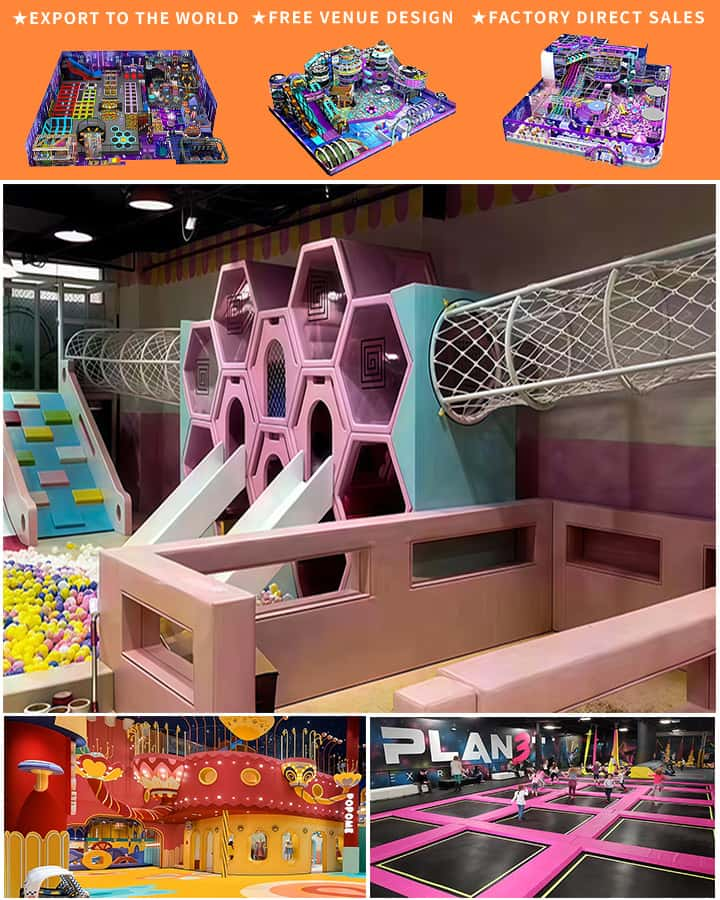Creating a playground where every child, regardless of their physical abilities, can participate equally is not only a noble goal but also a legal obligation in many places. Inclusive playgrounds are designed to provide enjoyment and developmental benefits for all children, including those with disabilities. A key aspect to consider when developing these inclusive spaces is the cost of playground equipment. In this article, we will explore inclusive playground equipment prices, ensuring that budget considerations do not impede the creation of accessible play areas for all.
The Importance of Inclusive Playgrounds
Inclusive playgrounds aim to create environments where children of all abilities can play together. These playgrounds typically feature adaptive equipment and design elements such as wheelchair-accessible swings, ramps instead of stairs, sensory play items, and specialized structures. The benefits of such playgrounds extend beyond mere fun; they foster social inclusion, promote physical activity, and support cognitive and emotional development.
Factors Influencing Inclusive Playground Equipment Prices
When considering the costs of inclusive playground equipment, several factors come into play:
Material Quality: The durability and safety standards of materials used can significantly affect prices. High-quality materials often come at a higher price but ensure longevity and safety.
Customization and Design: Tailored designs that meet specific accessibility requirements may increase costs. Custom solutions often require more resources but are essential for meeting the unique needs of users.
Manufacturer and Supplier: Different manufacturers have varying price points based on their brand reputation, manufacturing processes, and market positioning. Opting for reputable suppliers may offer better quality assurance but might come at a premium.

Installation Costs: The complexity of installation can influence pricing. Structures that require extensive groundwork or specialized installation techniques may be more expensive to set up.
Exploring Inclusive Playground Equipment Options and Prices
Let’s examine some common types of inclusive playground equipment and their potential costs:
Wheelchair-Accessible Swings: These swings accommodate children in wheelchairs and typically range from \(1,500 to \)3,000 each, depending on features such as supportive seating and safety harnesses.
Adaptive Merry-Go-Rounds: Designed for both seated and standing children, adaptive merry-go-rounds can cost between \(5,000 and \)10,000. Their size, capacity, and additional features impact the total price.
Sensory Play Equipment: Items like touch-and-feel panels or musical instruments usually range from \(1,000 to \)2,500 per unit. These cater to children with sensory processing challenges and encourage engagement through varied stimuli.
Ramp Systems: Ramps facilitate access to elevated structures and slides. Pricing for custom-built ramp systems can vary widely, starting around \(300 per linear foot for basic designs up to \)1,000 or more for heavy-duty, compliant options.
Transfer Stations: Facilitating safe transfers between different pieces of equipment, transfer stations can range in price from \(1,500 to \)4,000, depending on design and material.
Budget Considerations and Funding Resources
For communities and organizations looking to develop inclusive playgrounds, it is crucial to balance cost with quality. Here are some tips for managing budgets effectively:
Prioritize Needs Over Wants: Assess the specific needs of your community’s children and prioritize the most essential pieces of equipment first.
Seek Grants and Funding: Various government programs, grants, and non-profit organizations offer financial assistance for inclusive playground projects. Research available funding opportunities thoroughly.
Phased Development: Implement the playground in phases to distribute costs over time. Start with a few key pieces of equipment and expand gradually as funding allows.
Community Engagement: Engage local businesses, parents, and volunteers who can contribute financially or through in-kind donations of services such as construction or landscaping.
Conclusion
The investment in inclusive playground equipment is an investment in the future of our children. While the initial costs may appear high, the long-term benefits of inclusivity, accessibility, and community building far outweigh the expenses. By carefully planning, prioritizing needs, and utilizing available funding resources, communities can create vibrant, welcoming playgrounds where every child has the chance to play and thrive together.




